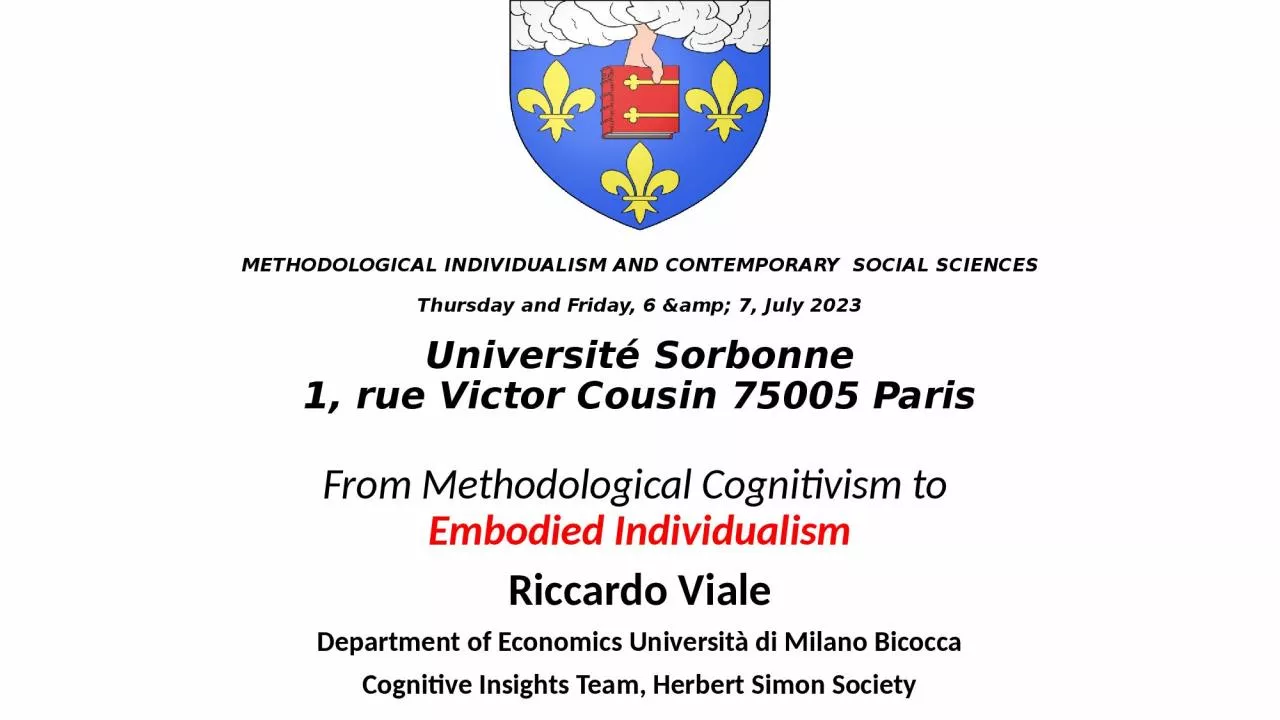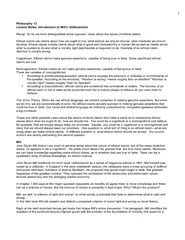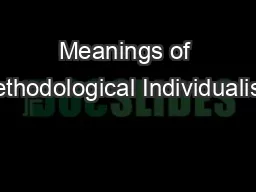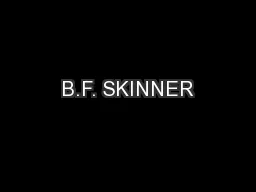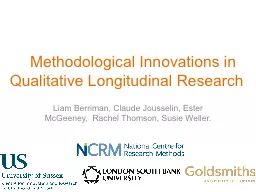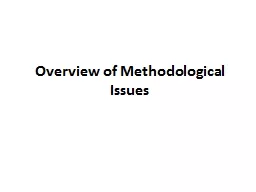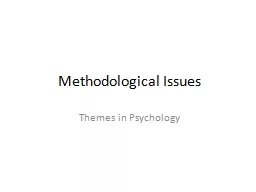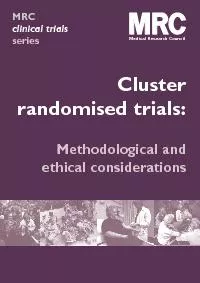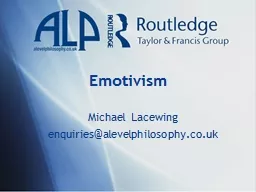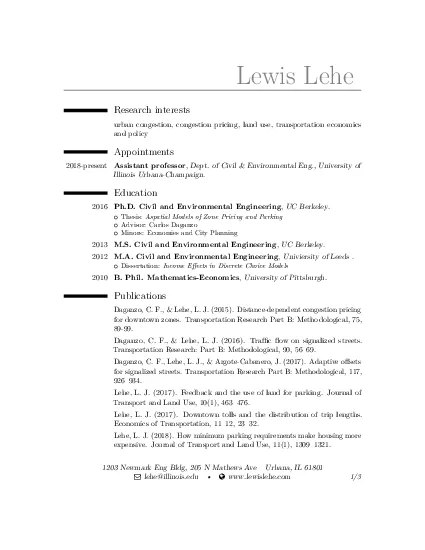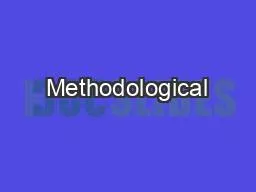PPT-From Methodological Cognitivism to
Author : martin | Published Date : 2024-02-02
Embodied Individualism Riccardo Viale Department of Economics Università di Milano Bicocca Cognitive Insights Team Herbert Simon Society METHODOLOGICAL INDIVIDUALISM
Presentation Embed Code
Download Presentation
Download Presentation The PPT/PDF document "From Methodological Cognitivism to" is the property of its rightful owner. Permission is granted to download and print the materials on this website for personal, non-commercial use only, and to display it on your personal computer provided you do not modify the materials and that you retain all copyright notices contained in the materials. By downloading content from our website, you accept the terms of this agreement.
From Methodological Cognitivism to: Transcript
Download Rules Of Document
"From Methodological Cognitivism to"The content belongs to its owner. You may download and print it for personal use, without modification, and keep all copyright notices. By downloading, you agree to these terms.
Related Documents

